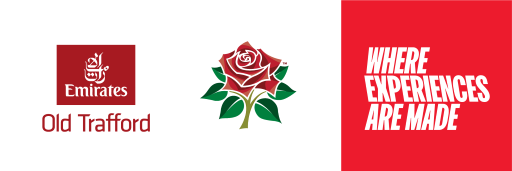As part of a survey of 500 HR directors conducted by benefits provider Nous, two thirds (62%) of leaders indicated that the benefits they had on offer did not address what employees need, or were only useful to some of the workforce. Simon Moyle, CEO of benefits provider Vivup, told HR magazine that employers should be offering staff more choice.
He said: “It is critical that employers tailor their benefits offering to the needs of employees, allowing employees choice. It is no longer good enough, or engaging, for employers to choose a select few benefits that they believe will be well received. And provide them across the entire workforce.
“Employers need to listen to the needs of their people across the whole workforce rather than a select few. They then need to make benefits available to all, so their people can choose what they will find most beneficial.”
What are the most popular employee benefits?
Moyle noted that popular benefits were: lifestyle savings (such as savings on shopping, holidays or eating out), salary sacrifice benefits like cycle to work schemes, home electronics and cars, or virtual GP options and employee assistance programmes (EAPs).
The HR directors surveyed by Nous referenced flexible working, enhanced pension benefits, enhanced holiday leave, private health and dental care, and free food or drink at work as the most popular benefits their organisations offered.
Luke Sondelski, director of reward at the HR technology firm Personio, explained that benefit uptake needs regular reviewing to ensure that they are meeting employee needs.
He told HR magazine: “Employers should regularly measure if the benefits provided are meeting their goals, by reviewing utilisation data, engagement surveys, pulse polls or employee focus groups.
“Keeping company benefits under regular review, and leaning into employee feedback in the process is a great way to ensure your benefits are meeting the needs of your talent while reflecting your company’s culture and values.”
Employee benefits have a poor up-take as employees not consulted
A survey by benefits provider Boostworks last month (21 March) revealed that half (54%) of employees were not consulted about the benefits that would improve their work satisfaction.
Responding to the Nous survey, HR directors indicated that benefits were inaccessible to employees. 18% said that the employee benefits they offered were difficult for staff to access. A third (32%) also agreed that leveraging certain employee benefits required too much effort for employees.
Poor onboarding one of the reasons for low uptake of employee benefits
HR leaders cited poor onboarding as the reason for poor benefits uptake, as 20% admitted that there was either a lack of onboarding for employee benefits initiatives, or that onboarding was inadequate. A further 20% reported that employees weren’t aware that certain benefits were available to them.
Sondelski noted that benefits packages need to be better communicated to employees. He commented: “Employers must make sure that they clearly and regularly market and communicate the full range of benefits that are on offer.
“With rewards, including benefits, an employee generally remembers the basics of what they have – for example a pension plan or medical insurance – but are unaware or forget the full spectrum of what their employer offers.
“A great way for HR or reward teams to think about increasing the effectiveness of their rewards and benefits is to consider them as products they offer to employees.
“Like any product, marketing and communicating is key to increasing uptake and driving satisfaction amongst your customer.”
More about the topic…
Personalised employee benefits has many advantages.















